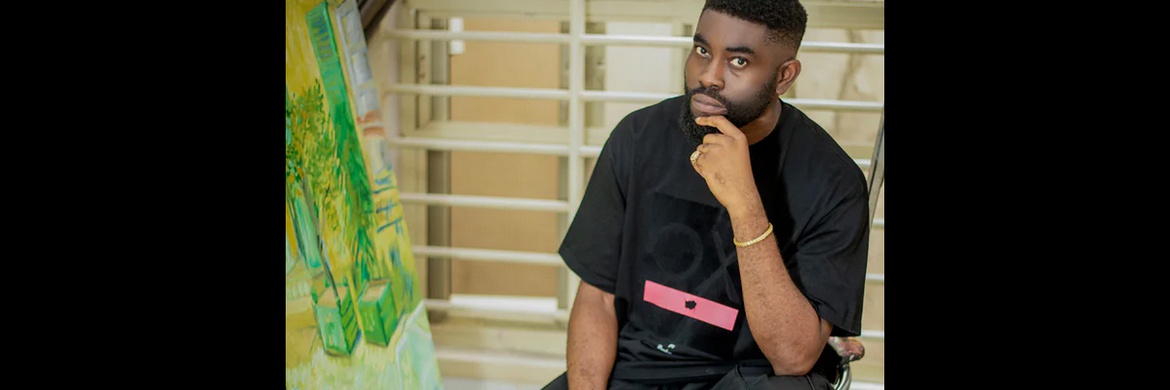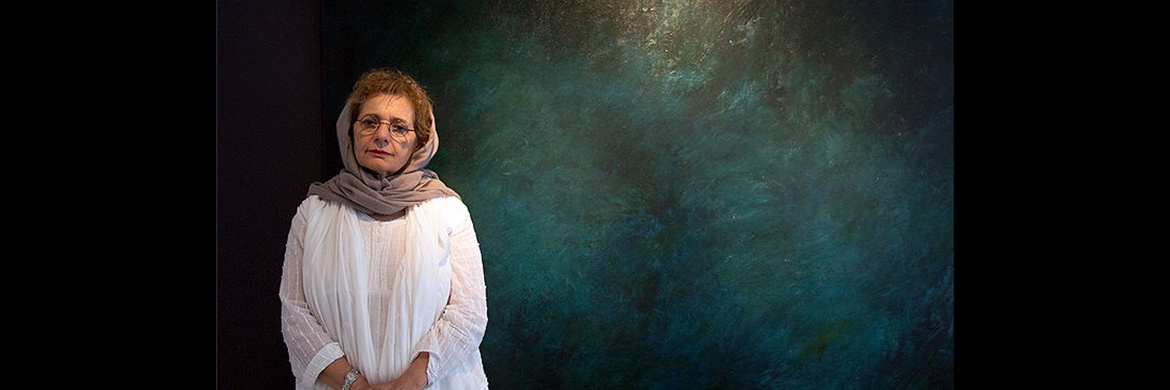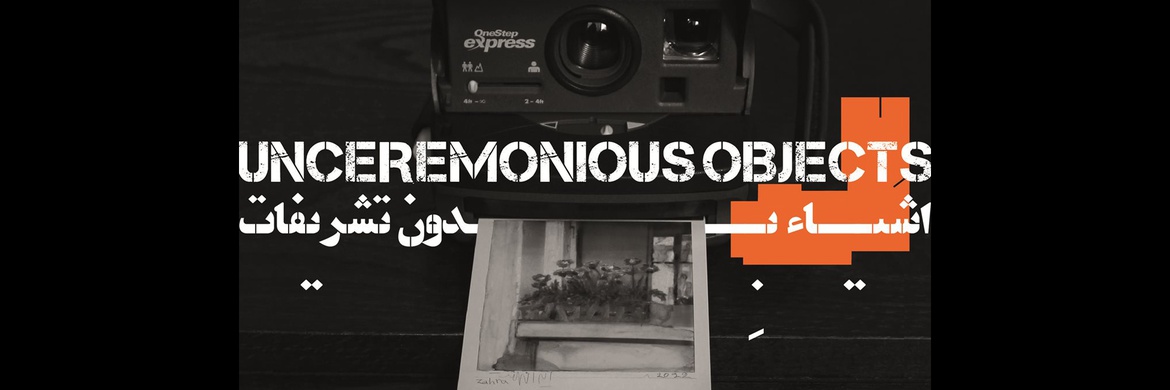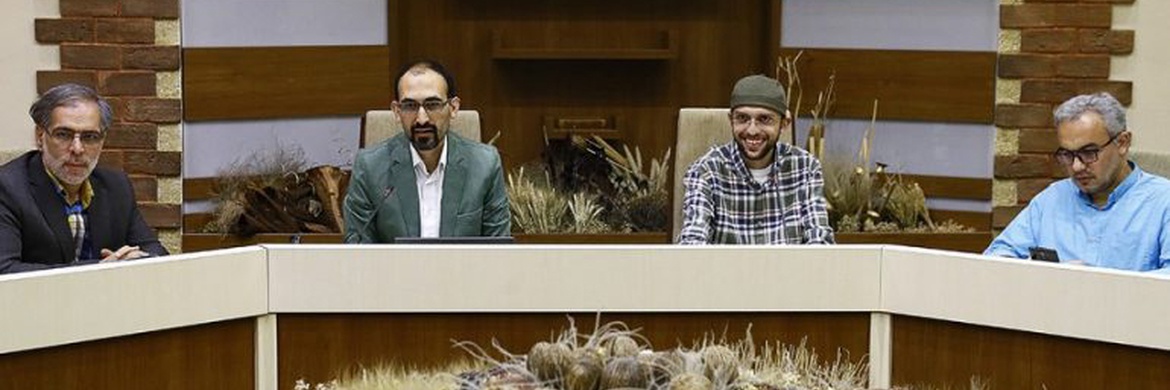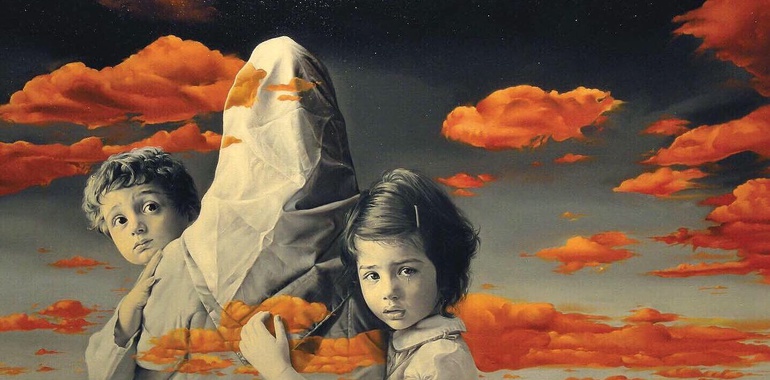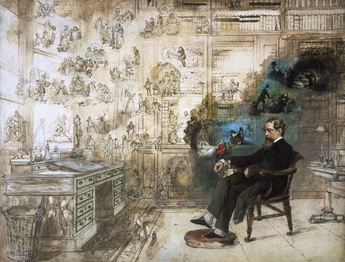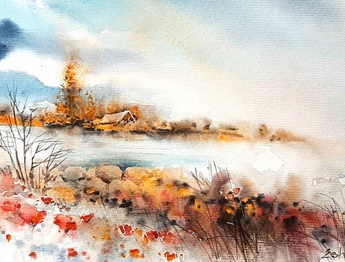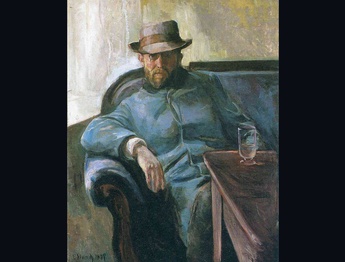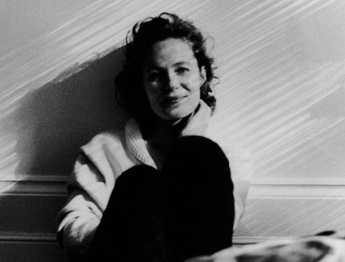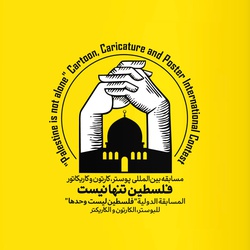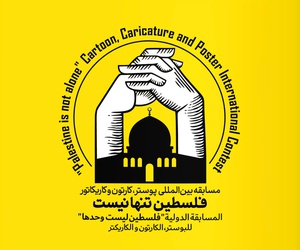In 1359, exactly one year after the invasion of Saddam's Baathist regime, Morteza Katouzian works on a painting with the theme of "Air Attacks". In the "warning alarm" panel, which is a reminder of the warning alarm of an air attack, a woman is depicted carrying two children on her shoulders. The woman is depicted in the back and emphasizes the supportive, maternal and nursing shoulders of the woman. The faces of children are depicted as sad and scared and in need of care, which should be done by the mother.
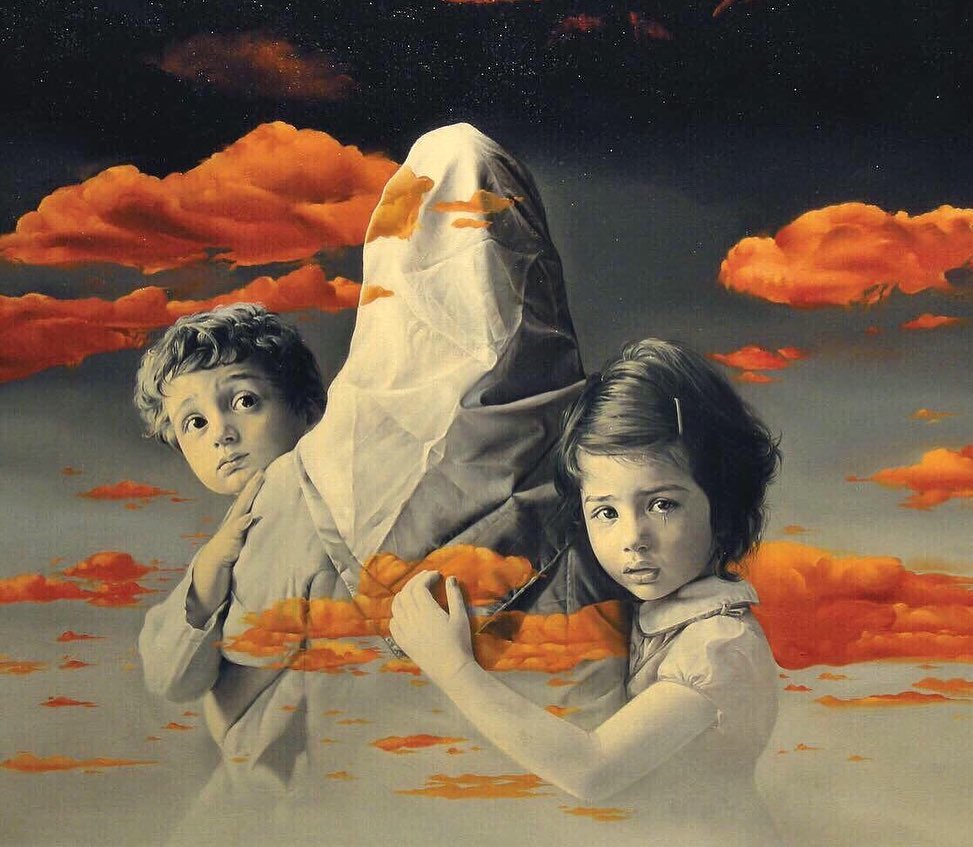
Social reality can be found in art, especially visual arts, including painting, have a significant effect on people. Art has the value of informing and is a suitable tool and document for understanding the hidden forces in society. How do people influence each other, how do they define relationships between each other, and how do they maintain or change the balance of power in societies? Art reveals culture, and art is both a product of culture and contributes to building culture.
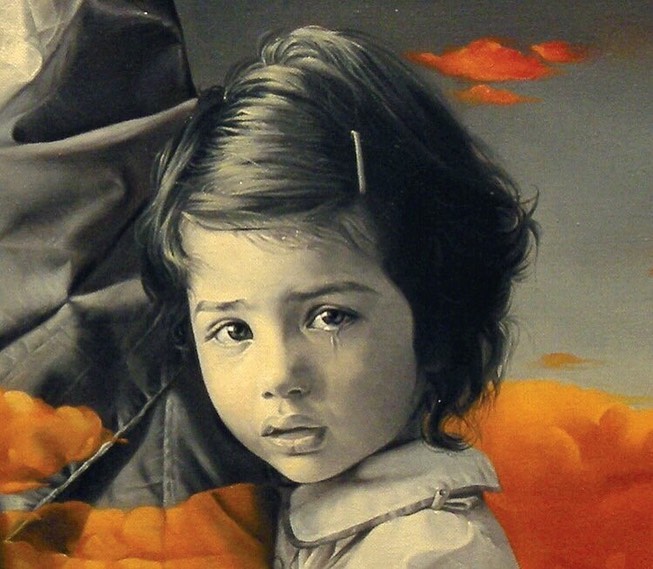
How are these images reproduced? Dominant ideas are constructed in society, the roles depicted for men and women are learned and fixed and then reproduced, passing hand-to-hand and generation-to-generation a distinct traditional self.
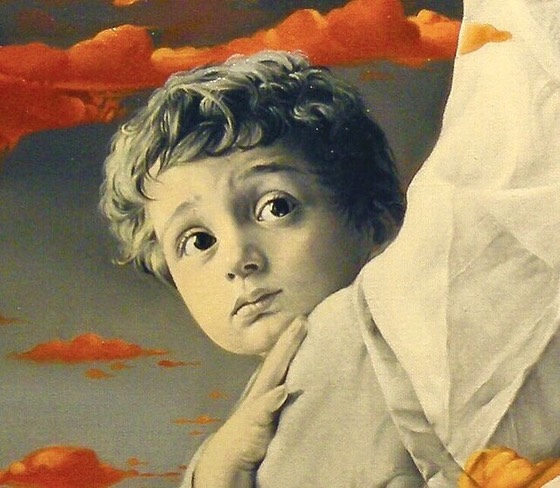
We consider these differences from the two points of view of structure and agency. The view taken from the structures of the society, in the view taken from the agencies of the society, and the transmitted and contagious reality is shown in the enduring paintings of the famous and realistic painter of this border and canvas, master Morteza Katoozian.
